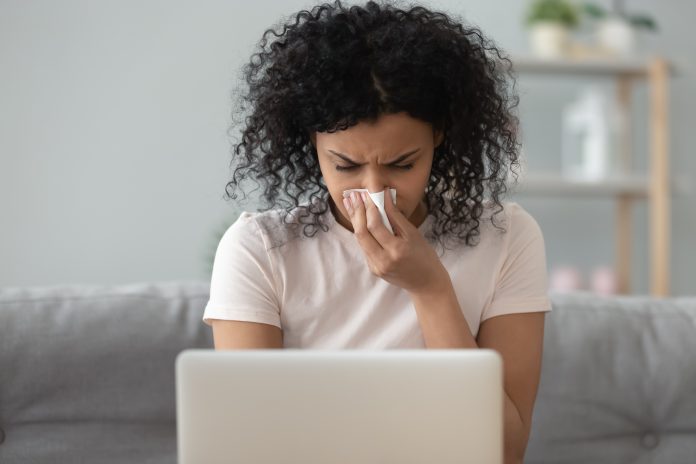Despite what you have probably read, very little is known about COVID-19 with a lot of certainty. It’s new, unique, and what research has been done hasn’t been properly reviewed by other scientists yet.
We’ve seen articles about COVID-19 targeted at pretty specific groups (divers, for exmaple, or… not making this up… Mid-Atlantic Pagans). But because not that much is known yet, you can’t really put too much stock in information tailored for you; it’s likely to be the same as information “tailored” for anyone.
Generally, reports range from mild symptoms to severe illness and death. The common symptoms may appear 2-14 days after exposure, about 5 days on average, and include:
- Fever
- Cough
- Shortness of breath
More severe cases should be considered emergencies. Get medical attention immediately if your have symptoms that include:
- Difficulty breathing or shortness of breath
- Persistent pain or pressure in the chest
- New confusion or inability to arouse
- Bluish lips or face
About 80% of those infected don’t become severe cases, and about 30% of the infected are asymptomatic. Because the sickness tends to be mild in children and younger adults, it’s likely that those cases are under-reported… meaning estimates that don’t take this into account could be quite low.
Mild cases appear to be contagious for about 10 days
The virus appears to live for wildly varying amounts of time depending on the circumstances and surface it’s on, from four hours to three days.
We won’t repeat them here, but be wary of claims about how to kill the virus or novel ways to clean. Again, not that much is known for sure, so you’re better off sticking to official recommendations than folk wisdom, logical guesses, or rumors.





